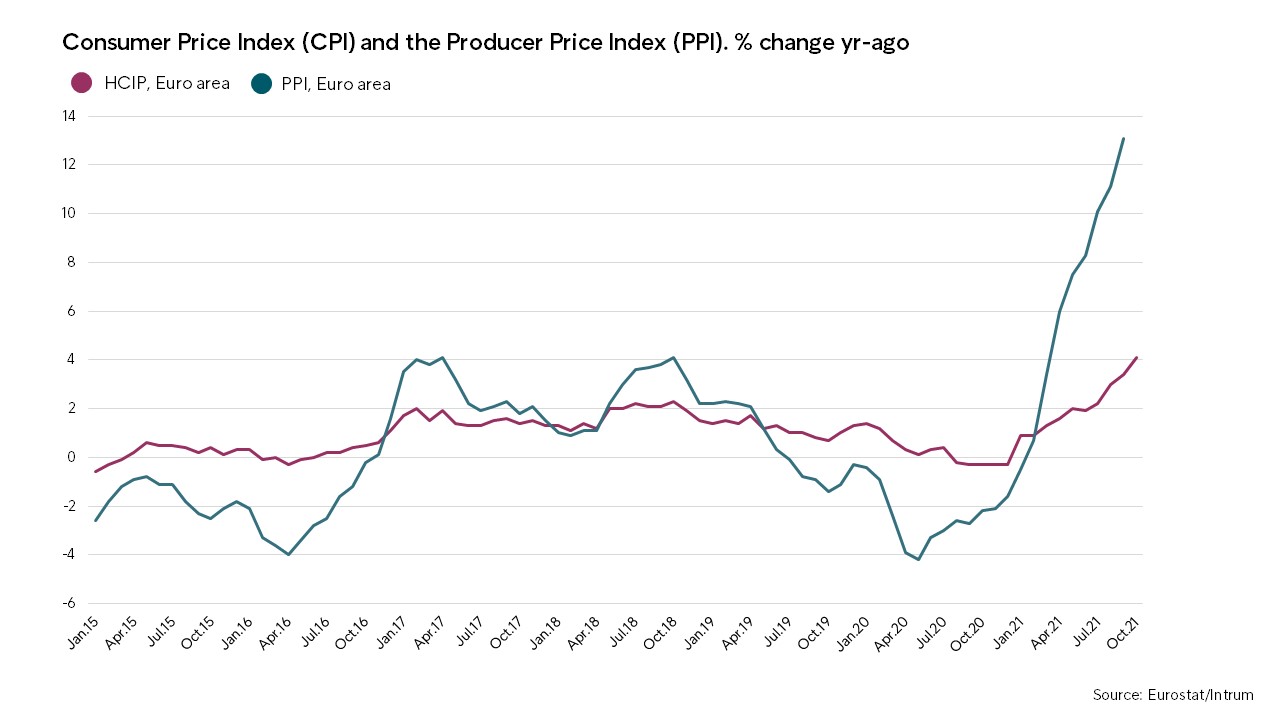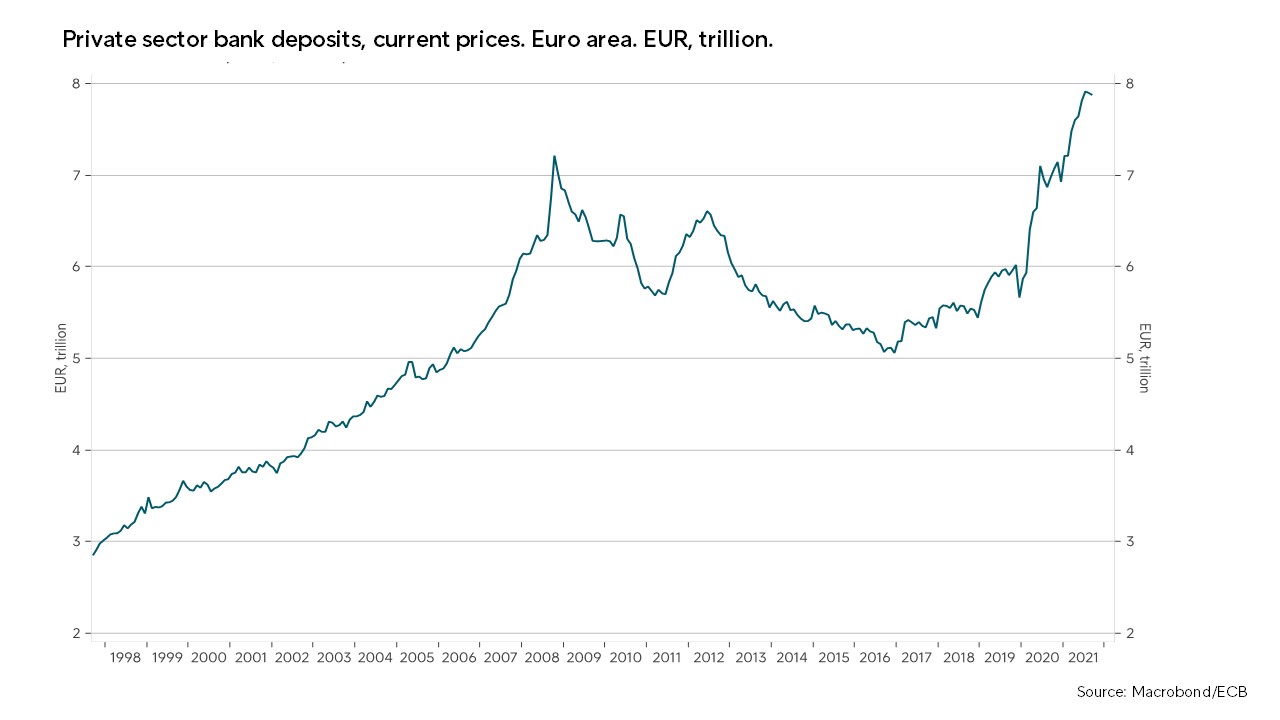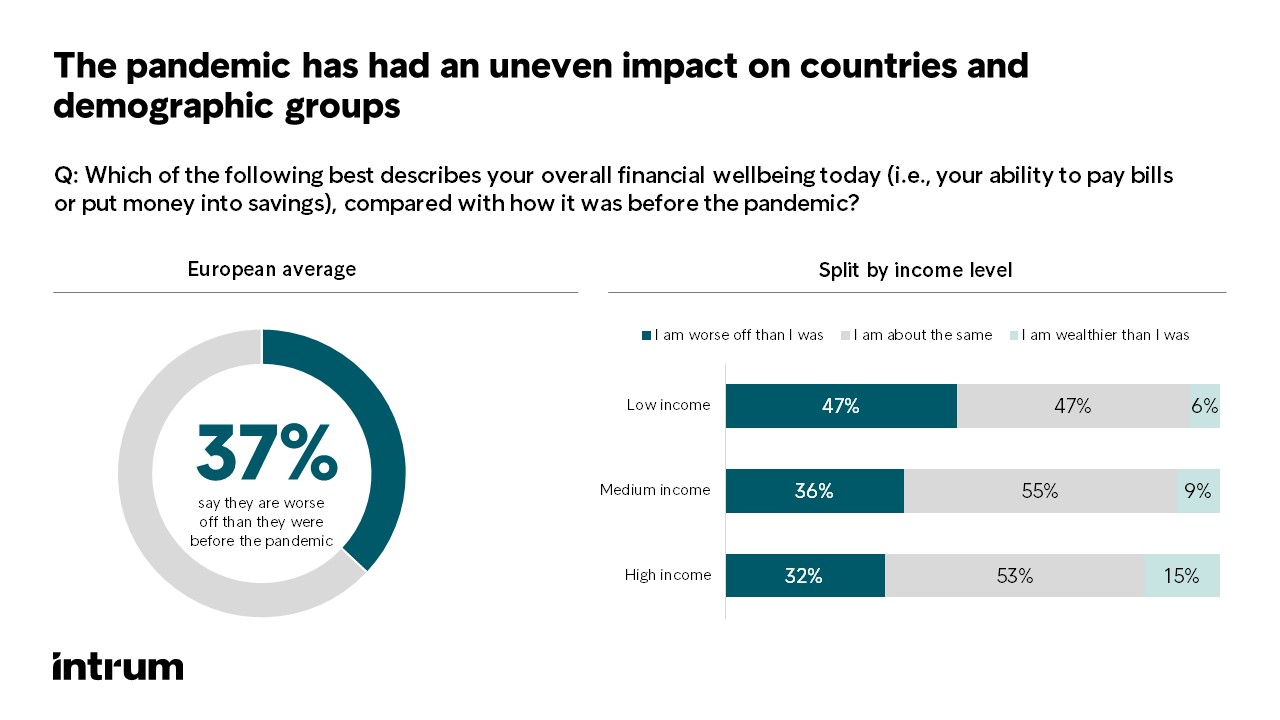Economic outlook for 2022 – preparing your business
Anna Zabrodzka, Senior Economist at Intrum, shares her reflections on the latest movements in the European economies.

Over the last couple of years the pandemic has dictated how we live our lives and spend our money.
Lockdowns and travel restrictions mean we have all spent more time at home. The result has been higher average savings rates, reduced spending on services and increased spending on goods.
The economic impact of this behaviour on businesses varies across sectors and countries. For example, while the hospitality and leisure industries have been hit hard, telecom companies have benefitted from changes to working behaviour and demand for online conferences and meetings.
The big question for businesses is whether these changes are temporary or permanent. While some changes, like travelling, should return to normal, others, such as hybrid working patterns, could be here to stay. Those permanent changes will affect some industries more than others.
Macroeconomic impact of the pandemic
As well as big changes in consumer behaviour, the pandemic has had unprecedented macroeconomic effects, in particular the recent spike in inflation.
The sharp stop of economic activity last year caused by the lockdowns was followed with a period of rapid recovery that was even faster than most economists expected. This rebound has caused an imbalance between demand and supply, leaving suppliers struggling to catch up - with vast production backlogs and supply chain disruptions.
This has generated strong pressure on prices as well as a surge in demand for raw materials and energy.

Rocketing energy and production prices have been crippling for some industries. Others have been able to pass some of the costs onto consumers, which is why headline inflation in the euro area accelerated to almost 5% in November from just 0.9% in January. While some of the pricing pressures are temporary, there are worries that supply chain disruptions could prove to be more persistent.
A mixed picture across Europe
There are big variations in pricing pressures across Europe. Overall, in Central and Eastern Europe, prices have been increasing at a faster pace, however, due to tight labour markets, wages have been rising too, reducing the pain for consumers. This isn’t the case everywhere: in Spain inflation topped 5% but wage growth has been lacklustre, causing protests across the country.
The sharp increase in prices makes it harder for consumers to budget. Many will need to prioritise paying for their bills and food, instead of repaying debt. This could result in higher number of defaults if the pricing pressures persist for longer.Anna Zabrodzka, Senior Economist at Intrum
While faster wage growth eases the burden on consumers, it adds yet more to the cost of production, causing prices to rise even faster. Worries over the wage-price spiral have led central banks in the CEE to start tightening monetary policies. In Hungary, Czechia and Poland, interest rates are rising sharply in an attempt to cool raging inflation.
- This means households and businesses that took on loans last year at near-zero interest rates are seeing their monthly instalments increasing quickly. This could lead to payment delays or even defaults, says Anna.
Savings cushion for many consumers
It is not all bad news. Since the start of the pandemic, the majority of consumers have been able to save and bank deposits have risen. These savings provide a buffer and should allow households to withstand a temporary sharp increase in inflation before running into financial difficulty. Some of these funds have also been used to repay outstanding debt.

Unfortunately, this is not true for all. Those directly affected by the pandemic through the loss of income or employment don’t have this cushion. In Intrum’s recent European Consumer Payment Report, which surveyed over 24,000 consumers across Europe, 37 per cent said they are worse off than they were before the pandemic. However, this rises to 47 per cent of people on low incomes.

At Intrum we have 250,000 customer contacts a day and are on the frontline in terms of seeing this impact. In 2022, businesses and lenders need to be ready to support their customers as the impact of the Omicron variant is added to existing economic woes.Anna Zabrodzka, Senior Economist at Intrum,


